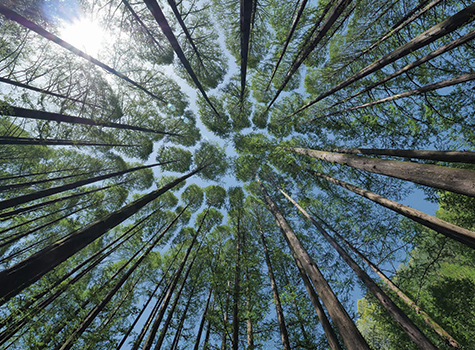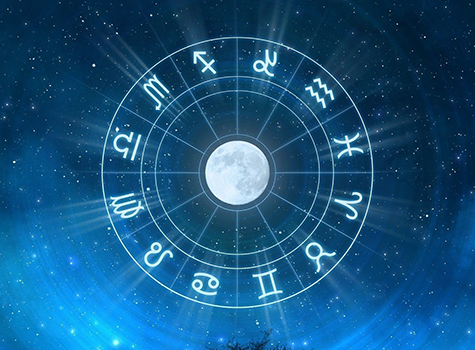
Summer: the season of life. The season for dreaming. The season of cold refreshing drinks. The season for cookouts. Family reunions to see relatives we did not know we had. The season for adventures to far-off lands. Time for exploration. Discover new lost ruins. The season for endless poetry by the poet giving thanks to the season of light and fantasy.
But can we catch a break from the extreme heat?
Every year, it seems we are experiencing more extreme temperatures. There have been heat alert notifications. In July, the Raleigh Durham area saw temperatures reach 106°F.
Is there something that can be done about this extreme heat?
One experiment for the bold and daring is to set up a hammock between two trees. There are various styles and types, but once a pick is chosen, then the most intensive part is setting it up. Once the set up is completed, step 2 of the experiment is to now sit in the hammock.
Imagine being between two large and proud trees. Watch and observe in this science experiment how the leaves gently flutter in the wind. That fluttery dance is welcoming to cool the sweaty brow. Between these two trees, another observation is made; it is cooler under the trees than it is where there are no trees. The trees provide a natural coverage to the merciless heat of the sun. A feeling of relaxation and calm takes over as the hammock gently sways between the coverage.
Imagine swaying in the tranced reverie, when next a bulldozer rings a rude alarm. Those in the bulldozer want to remove the two trees.
This dream experiment is taking an unexpected turn. It now feels extremely hot. The sun is beating down with no mercy. The lush landscape is now a heat island. There is no reprieve.
Is this real? How can they have taken those two trees? Those two trees kept the air fresh. Breathing will become more difficult. Those trees naturally decreased runoff; now there will be more intense flooding without them. The trees helped to reduce the Ultraviolet rays of the sun; now more exposure to the sun could mean more risk for certain types of cancer.
I’m thinking about this after a recent dance drama I saw connected art with nature
Evam Arts presented a dance drama in Cary, NC, on May 04, 2024, to share the importance of awareness and treating the environment well. The show was called “Panchabhoota- An Ode to the elements.†The format of the show was a dance to raise awareness of the impacts of exploitation of the environment and the outcome to society. The show demonstrated how at earlier times, society had lived simpler lives of sustenance and need, that changed later to constant greed. The main character in the dance drama, Mahabhali, is the witness to the change in how humanity treats the environment.
The concept of the Panchabhoota translates roughly to Five Elements. Remember the hero Captain Planet, with the chant “Earth /Fire /Wind /Water /Heart†– put together was a way to summon him when needed. The five elements in this system of thinking are Earth, Fire, Wind, Water, Space/sky. For the last one, when looking up Akasha for more detail, one explanation on sadhuguru.org notes that Akasha should not be mistaken for empty space and states Akasha is “that which is.†I would like to think of Akasha more towards space of consciousness/awareness.
Within this framework of philosophy, our surroundings are composed of the Five Elements. If these are out of balance, there can be consequences. For instance, if we indiscriminately cut down trees to make room for strip malls, there can be many impacts to the environment. In some parts of Raleigh, NC, we hear a howl. That howl is coming from coyotes. Due to people moving into what was once wooded areas and expansion of the city into forested areas, people around Raleigh may be more likely to come across coyotes.
There have been studies that have shown that there are warmer and cooler areas in the city. This is due to how parts of the city are designed. There is a concept of the “Heat Island†where it may be a particular neighborhood or location where there is less shade or more pavement. Imagine the difference between standing in a parking lot with minimal shade, versus standing in a forest with plenty of tree coverage. Neighborhoods built in such a way may experience this phenomenon of the “Heat Island†and there can be a difference of up to 20 degrees where communities are shadier. People most impacted by these “Heat Islands†are those from poorer socioeconomic backgrounds.
External and internal are interlinked. If our external environments are hot, we are also individually impacted. If there are less trees/vegetation in general, the air can become more polluted for instance, and thus more people having breathing difficulties/allergies, etc.
As we are reaching records in temperatures, and extreme weather conditions, it has become essential that we become aware of ourselves and our impacts and our surroundings. New neighborhoods and urban areas that are being designed should take into consideration how to build in an eco-friendly way. Going to town meetings to share and discuss thoughts on the benefits of eco-awareness and implementation may be a way to advocate for the local communities. Other ways to raise awareness are to fundraise for environmental causes that have been researched and raise awareness in neighborhoods, churches/temples, etc. Also, the arts are a wonderful way to reach people, just like the dance drama I witnessed.
Going back to the imagery of the two trees, imagine having advocated for your two trees. Imagine going back to your hammock and laying between the two trees and taking a deep breath of gratitude and relief. It may not seem much, but those two trees and the fresh air in your lungs, and the cool breeze makes you feel rich. Mother Nature nurtures us and gives so much; so much bounty and beauty that can fill us with good health and happiness.
It is our responsibility to treat our surroundings well and to be good keepers of the Earth.
Preethi Sriram is a classical dance enthusiast and lifelong learner of dance. Contact: srirampreethi@hotmail.com



